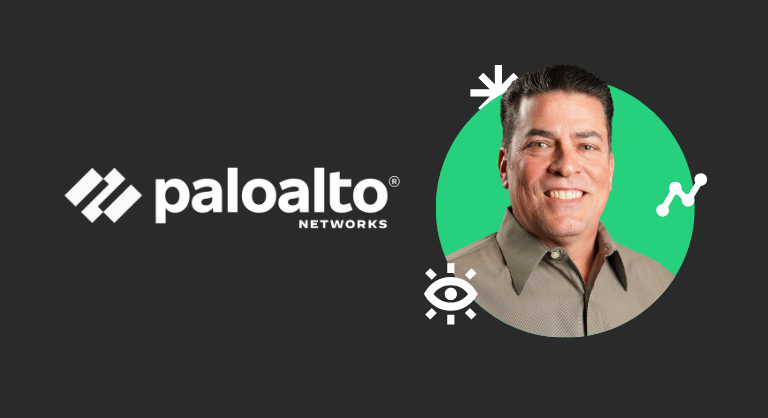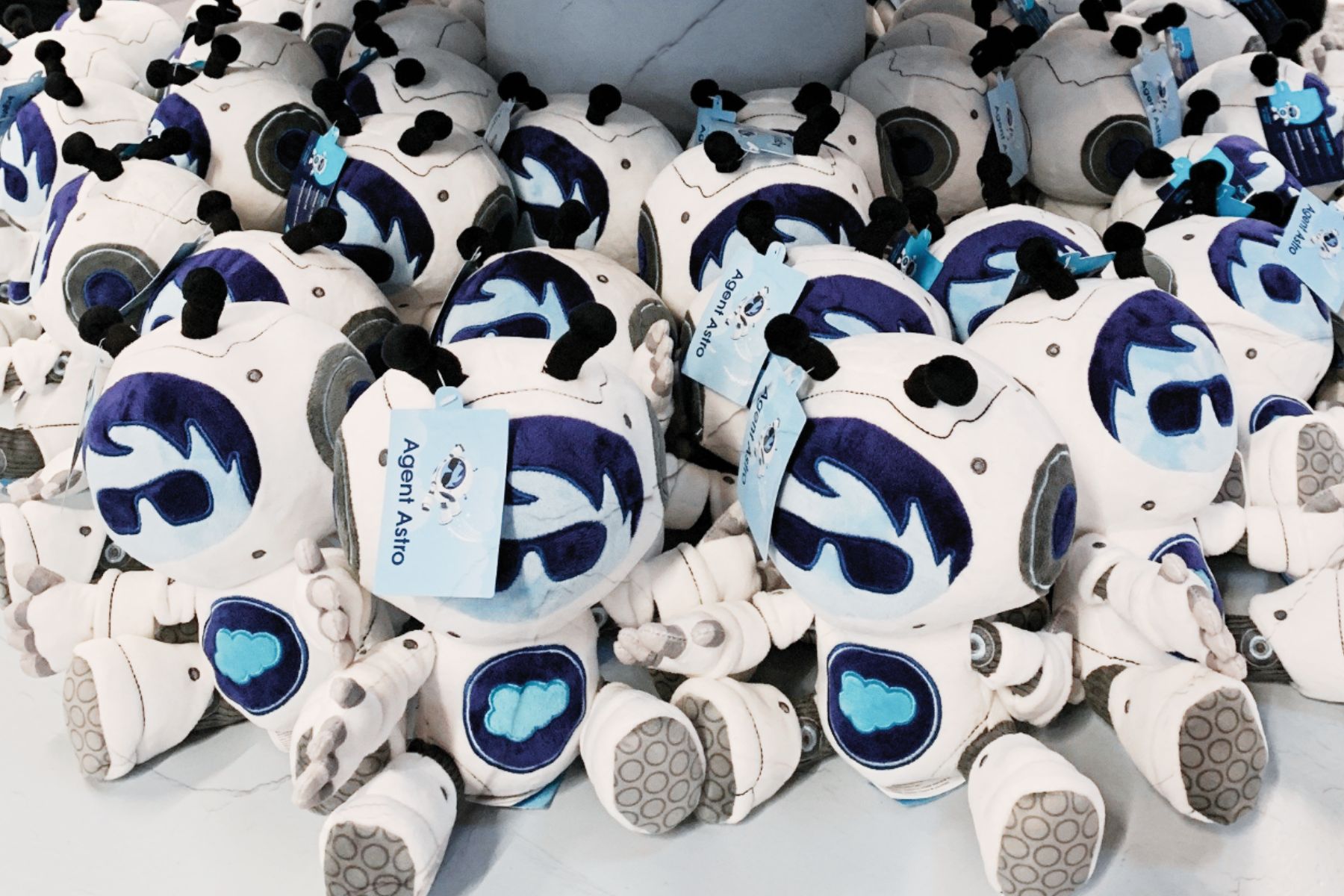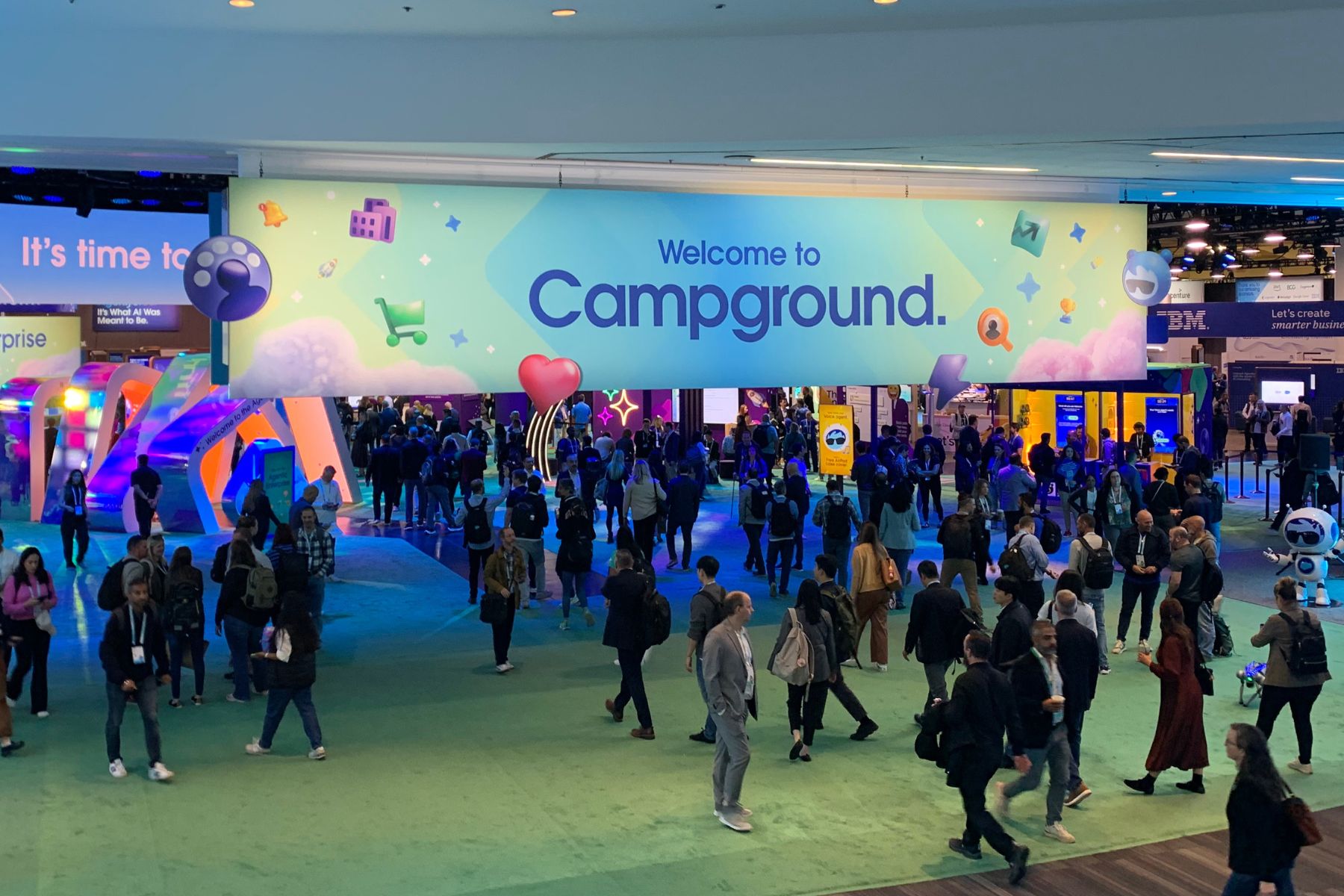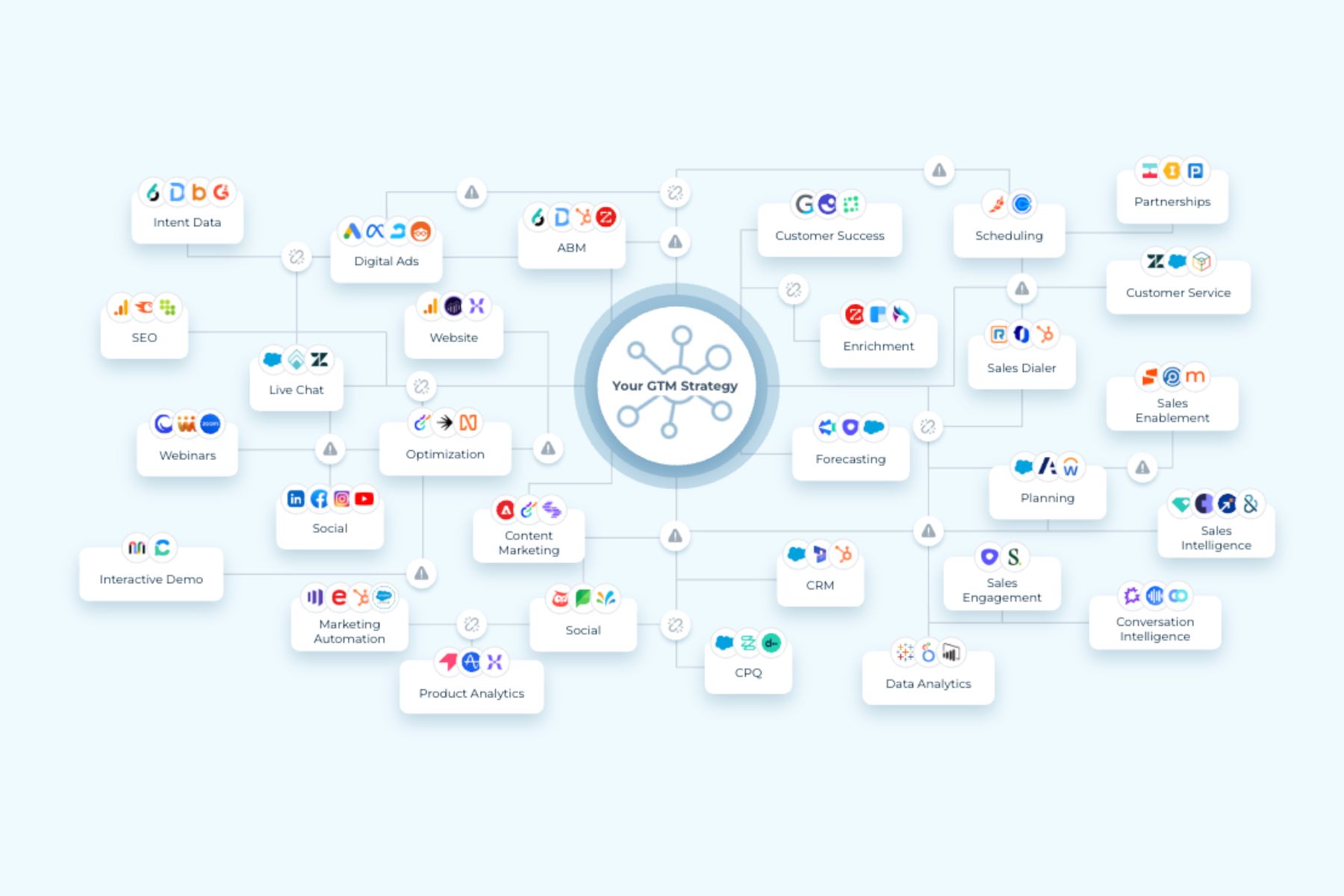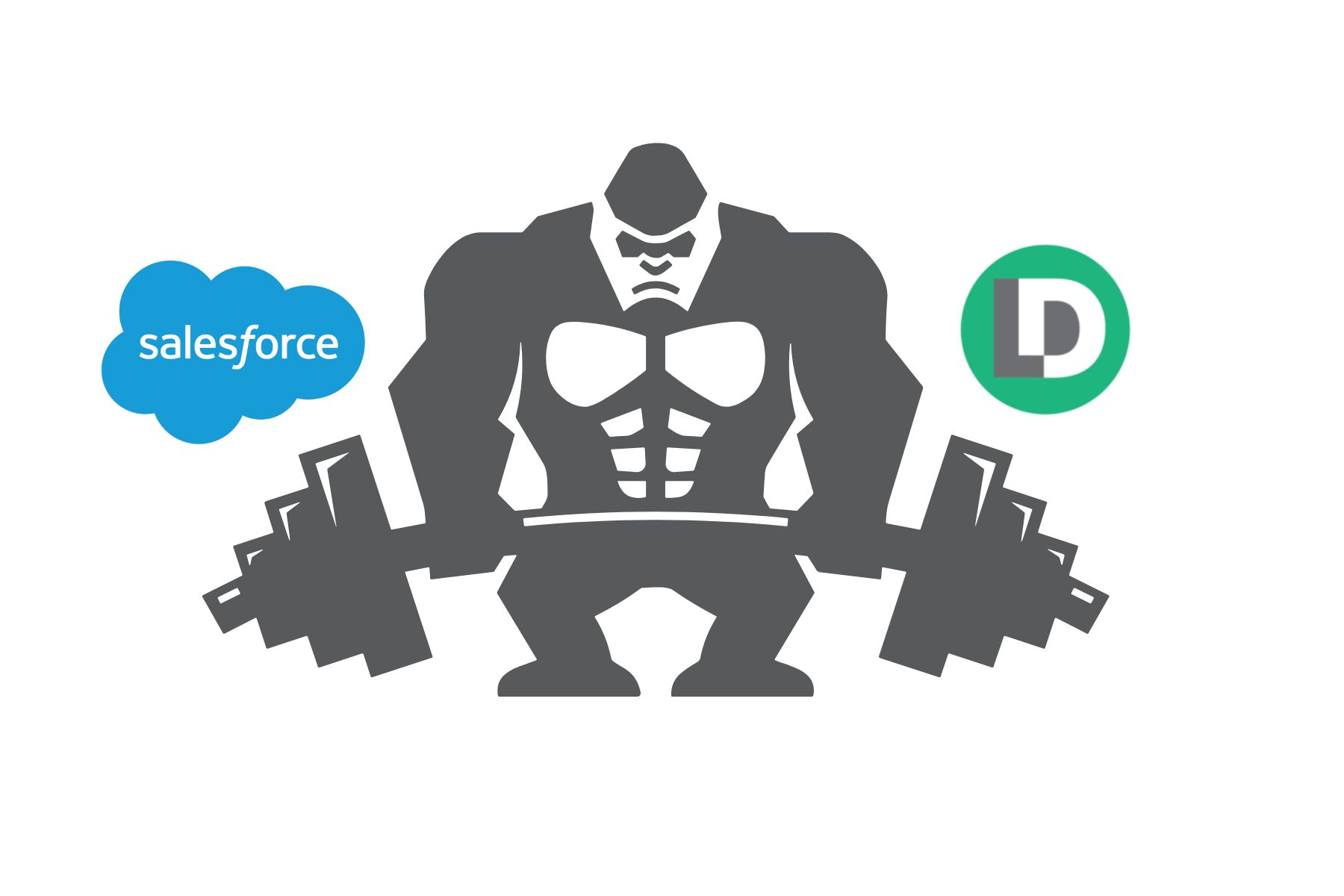Humans + AI in Action
On day two of Dreamforce 2025, one message was unmistakable: the Agentic Enterprise isn’t a vision anymore, it’s operational.
For revenue operations and GTM leaders, it was a real-world look at how AI-powered orchestration is transforming the way teams connect strategy to execution.
Day two keynotes demonstrated how humans and AI agents can work side by side, turning repetitive, complex, and data-heavy workflows into seamless, actionable results.
From customer service to sales operations, it was clear that AI is powerful when it amplifies human effort, not replaces it. This principle sits at the heart of Intelligent GTM Orchestration, where people and technology work in sync to drive growth.
Agentforce: Where AI Meets the Real World
From Williams Sonoma to Equinox to Salesforce’s own help center, each example showed Agentforce in action, powering millions of customer interactions, including 1.8 million resolved by Salesforce’s support team at a 77% success rate.
Despite being the new shiny object, AI is only impressive when it delivers consistent, tangible results across the real workflows where business gets done.
Beyond Prompts: True Enterprise-Grade AI Operations
In addition to showing compelling demos, the keynote highlighted the underlying infrastructure that makes enterprise AI work.
It spans everything from reasoning engines and unified data context, to version control, observability, and scalable workflow management with Agentforce Grid.
While many AI vendors overlook this layer of complexity, Salesforce understands it’s the key to delivering results that matter.
Agentforce 360: Built for Builders, Not Just Developers
Salesforce knows that AI agents won’t just be built by admins or developers.
With Agentforce 360 and the new Agent Builder powered by Agent Script, anyone with a process worth automating can build agents that are powerful without going rogue, and predictable without being rigid.
It’s designed for everyone, from sales and service leaders to operations teams, who want to turn their processes into intelligent, reliable agents.
The platform supports natural language authoring, guided configuration, and direct scripting, allowing teams to create, test, and iterate agents at scale with confidence.
These capabilities echo a broader industry shift toward AI-powered orchestration, where Ops teams can automate, adapt, and scale go-to-market processes with similar agility.
AI That Elevates Humans, Not Replaces Them
Building on the keynote, Salesforce CEO Mark Benioff sat down with Anthropic CEO Dario Amodei to talk about the future of AI in the enterprise.
Amodei emphasized that AI’s real value is in amplifying human capabilities: handling repetitive tasks, automating workflows, and even writing up to 90% of code, while humans focus on strategy and oversight.
Across industries like healthcare, financial services, and insurance, this partnership lets employees concentrate on meaningful, high-impact work while AI manages operational complexity.
Trust, Responsibility, and Agentic Workflows
Benioff and Amodei underscored a shared vision for AI that operates with integrity and transparency.
Amodei’s concept of “agentic abilities,” AI capable of managing complex workflows across systems, mirrors Salesforce’s approach to building trustworthy, enterprise-grade agents.
By designing AI that acts responsibly and predictably, Salesforce enables employees to stay focused on creativity, strategy, and customer impact.
The takeaway was clear: in the agentic enterprise, humans set the direction while AI helps them move faster, smarter, and with greater confidence.

